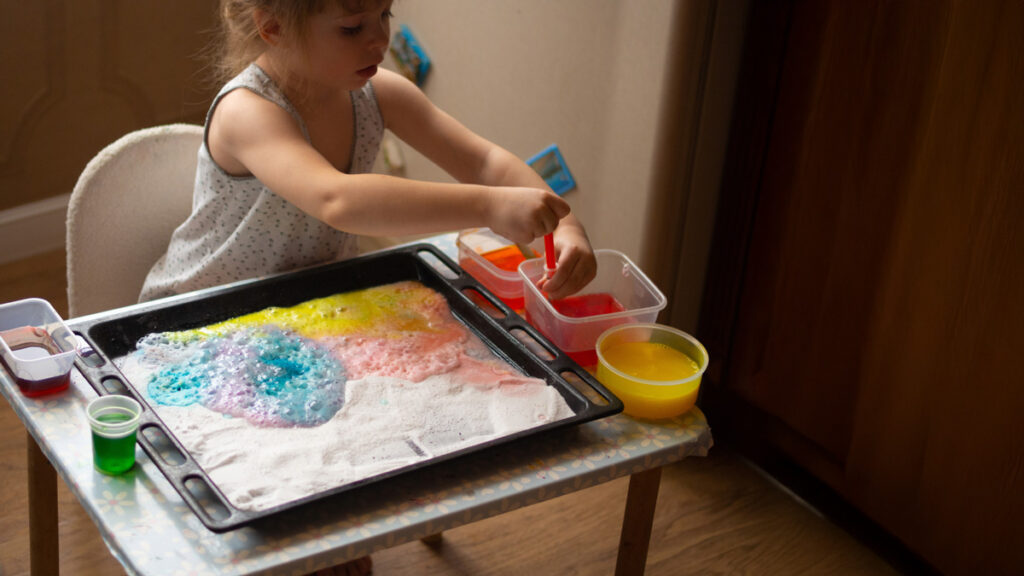
Spring is in the air—along with a whole new season of hands-on sensory play! The flowers are blooming, the weather is warming up, and it’s the perfect time to bring some fresh, engaging activities into the classroom. Sensory play isn’t just fun; it helps students explore the world through touch, sight, sound, and even movement.
Easy way to boost engagement
When I first introduced sensory play into my classroom, I saw firsthand how it transformed engagement and learning. Some students who struggled with focus found calm in sensory bins, while others developed language skills just by describing what they felt. Year after year, these activities have been a game-changer, helping my students build confidence, curiosity, and connection.
Whether you’re looking for low-prep ideas, spring-themed sensory bins, or activities to build fine motor skills, this list has something for every learner.
Why Sensory Play Is a Must for Spring Learning
Sensory activities aren’t just about keeping hands busy—they help with focus, engagement, and learning in a way that traditional methods can’t always achieve.
• Encourages exploration – Students use their senses to understand the world around them.
• Supports regulation – Sensory play can be calming and help students self-soothe.
• Builds language and communication – Exploring textures and objects sparks conversation and descriptive language.
• Strengthens fine motor skills – Scooping, pouring, and sorting build coordination and hand strength.
With spring bringing so many new sights, sounds, and textures, it’s the perfect time to introduce fresh sensory experiences to the mix.
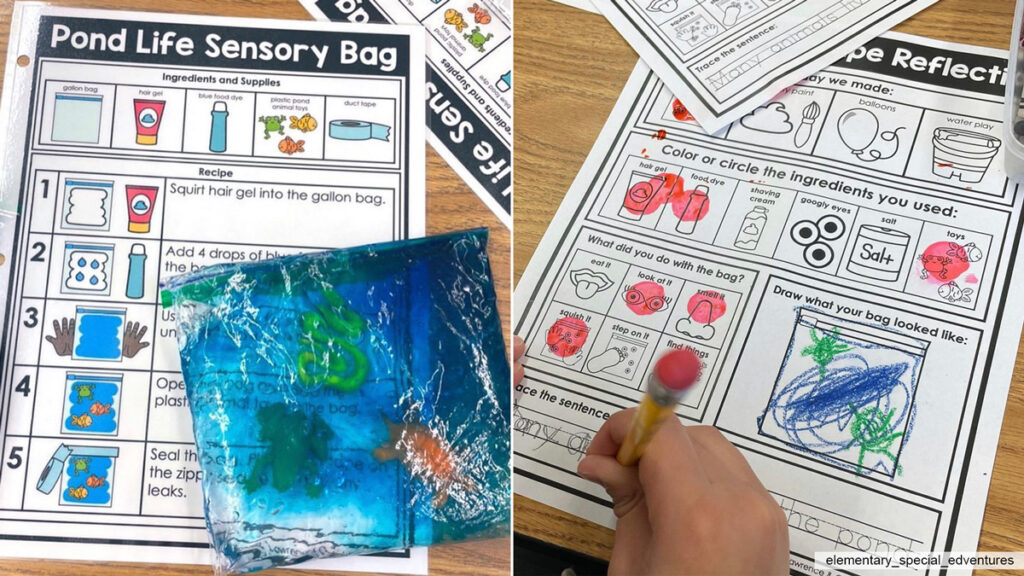
Spring-Themed Sensory Bins
A well-designed sensory bin turns a simple activity into an engaging, hands-on learning experience. These ideas are great for building independent learning activities in early childhood special education:
Flower Garden Sensory Bin
Fill a bin with dried black beans (for soil) and add fake flowers, gardening tools, and scoops. Let students “plant” and “harvest” their garden while practicing hand-eye coordination. This is one of many activities in the Plant Life Cycle month long lesson plan unit by Made For Me Literacy.
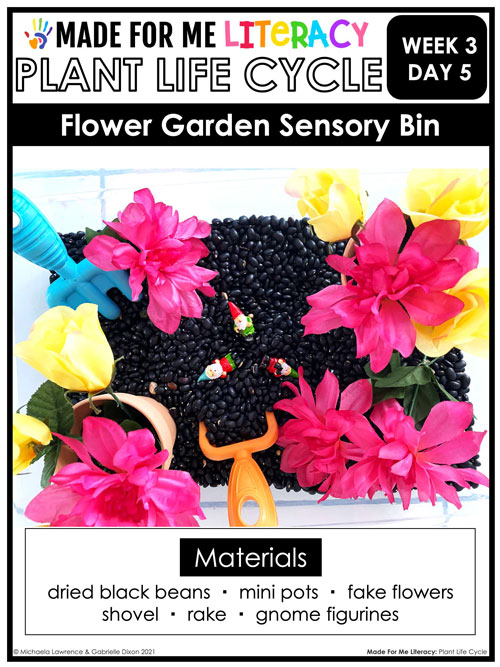
Bird Nest Sensory Bin
Use shredded paper, twigs, and cotton balls to create a nest-building activity. Add plastic eggs and small toy birds for sorting, counting, and storytelling fun.
Outdoor Sensory Walks
Take learning outside and let students engage with real-world sensory experiences. A simple spring walk can provide endless learning opportunities:
• Walk on different textures like grass, pavement, or sand, and describe how they feel
• Listen for birds, insects, and rustling leaves
• Smell flowers, fresh-cut grass, or even rain in the air
• Find and touch interesting objects like smooth rocks, soft petals, or rough tree bark
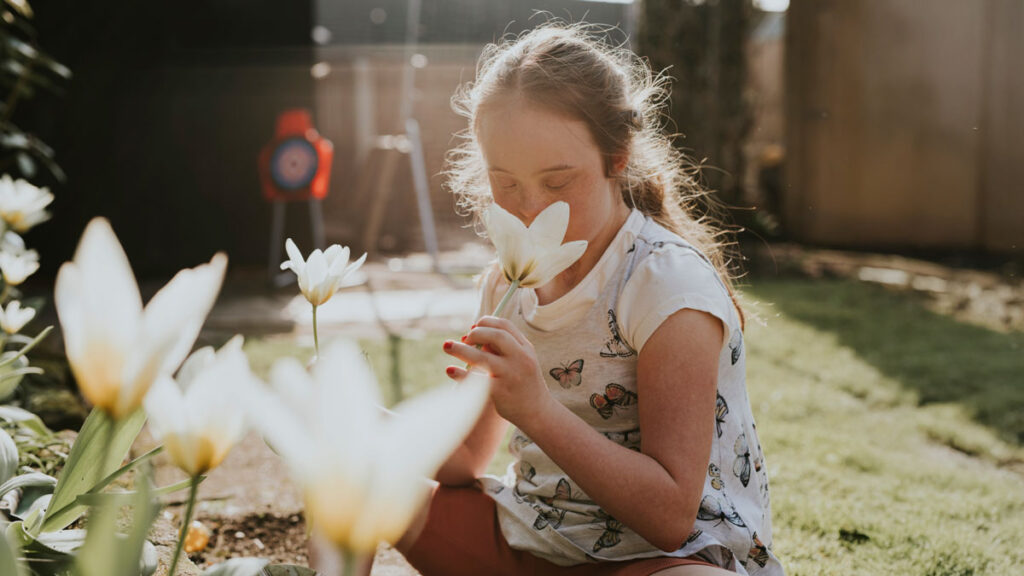
Adding a nature scavenger hunt with visual supports can make this even more exciting. Visual supports are also great for transition time—see how we use them here: Visual Schedules for Autism and Special Education.
Spring-Themed Fine Motor Fun
Fine motor skills are critical for handwriting, dressing, and other daily tasks, and sensory play is a great way to strengthen those tiny muscles.
Spring Playdough Creations
Give students spring-colored playdough with flower-shaped cookie cutters, rolling pins, and beads to create their own nature-inspired masterpieces.
Tweezer Tulip Sort
Use mini tongs or tweezers to pick up and sort small foam flowers by color. This builds finger strength and hand-eye coordination while reinforcing color recognition.
Raindrop Dropper Art
Fill small droppers with blue-tinted water and let students “paint” on coffee filters. Watching the colors blend mimics spring rain and strengthens hand muscles at the same time.
DIY Sensory Bottles
Fill empty bottles with glitter, beads, or water beads and water mixed with glue and food coloring to make a calming tool for anxious kids to help with self-regulation skills. Get ideas and step-by-step directions in my blog, How to Make DIY Sensory Bottles.
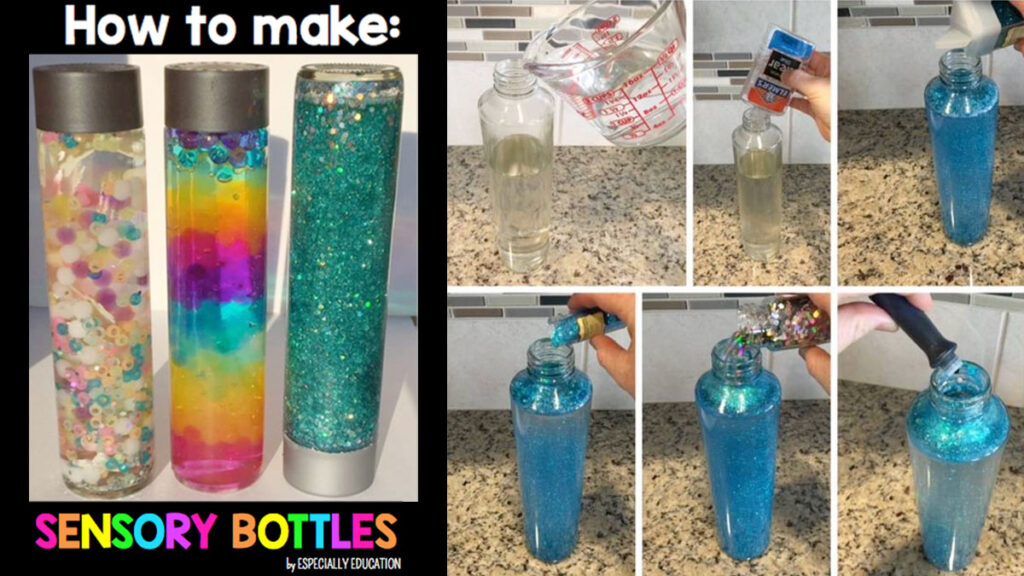
Lavender Sensory Bags
Fill a zip-top bag with hair gel, flower petals, and a few drops of lavender oil for a squishy, calming sensory experience. Press, squeeze, and swirl for instant relaxation.
Butterfly Breathing Activity
Guide students through deep breathing using butterfly wings—inhale as wings go up, exhale as wings go down. This simple mindfulness strategy supports self-regulation.
Sensory Learning in Full Bloom
Spring is a season of growth, discovery, and sensory-rich exploration. Whether it’s digging into a sensory bin, taking a nature walk, or creating colorful playdough flowers, sensory activities help students engage with learning in a meaningful, memorable way.
Bring on the blooms, the bugs, and the hands-on fun—because sensory play makes learning come to life.
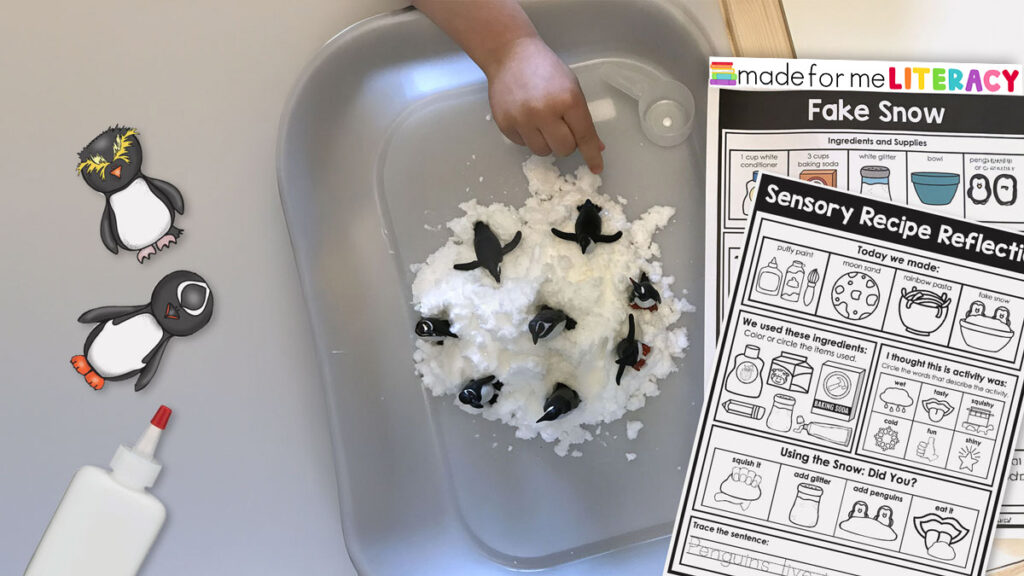
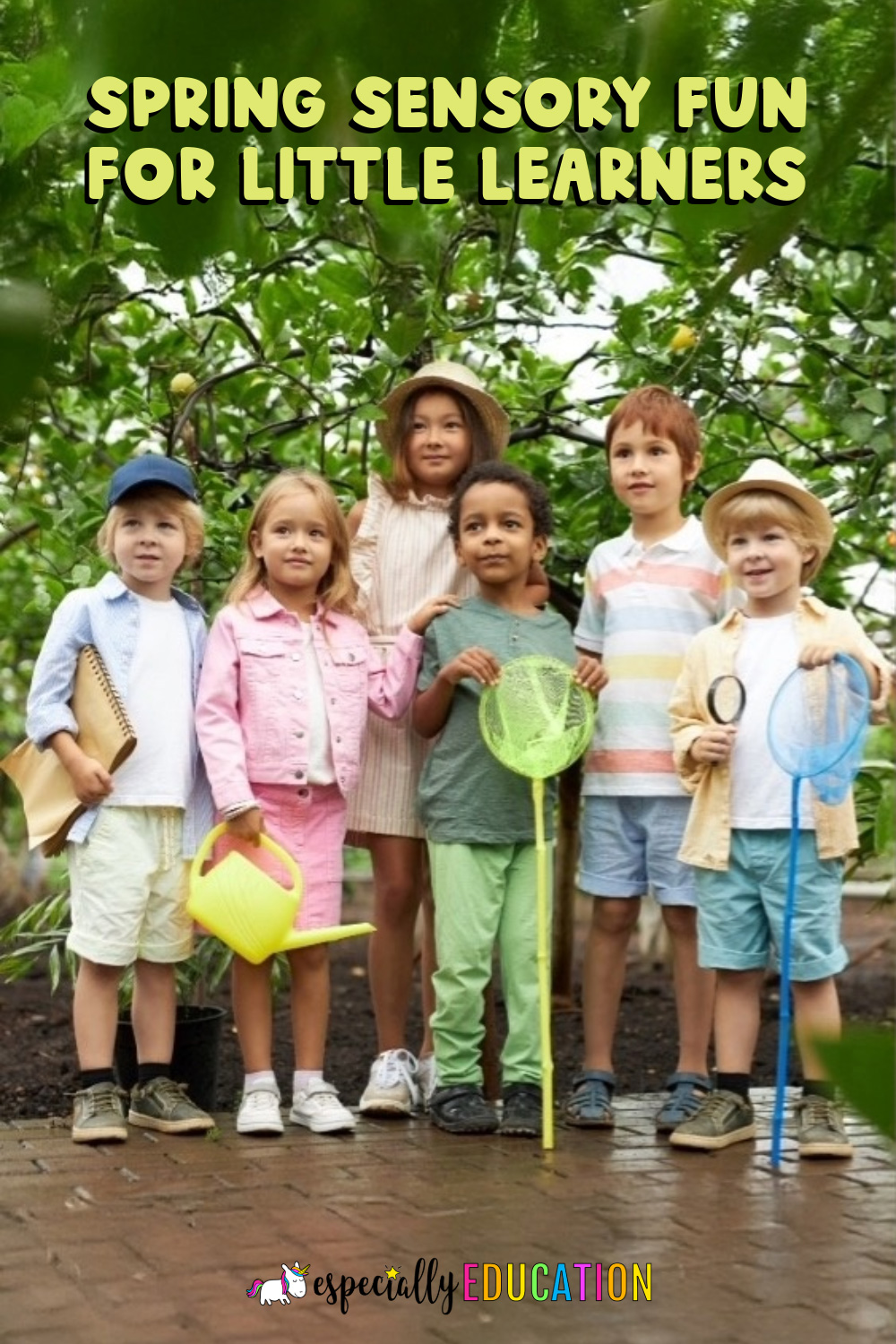
Leave a Reply